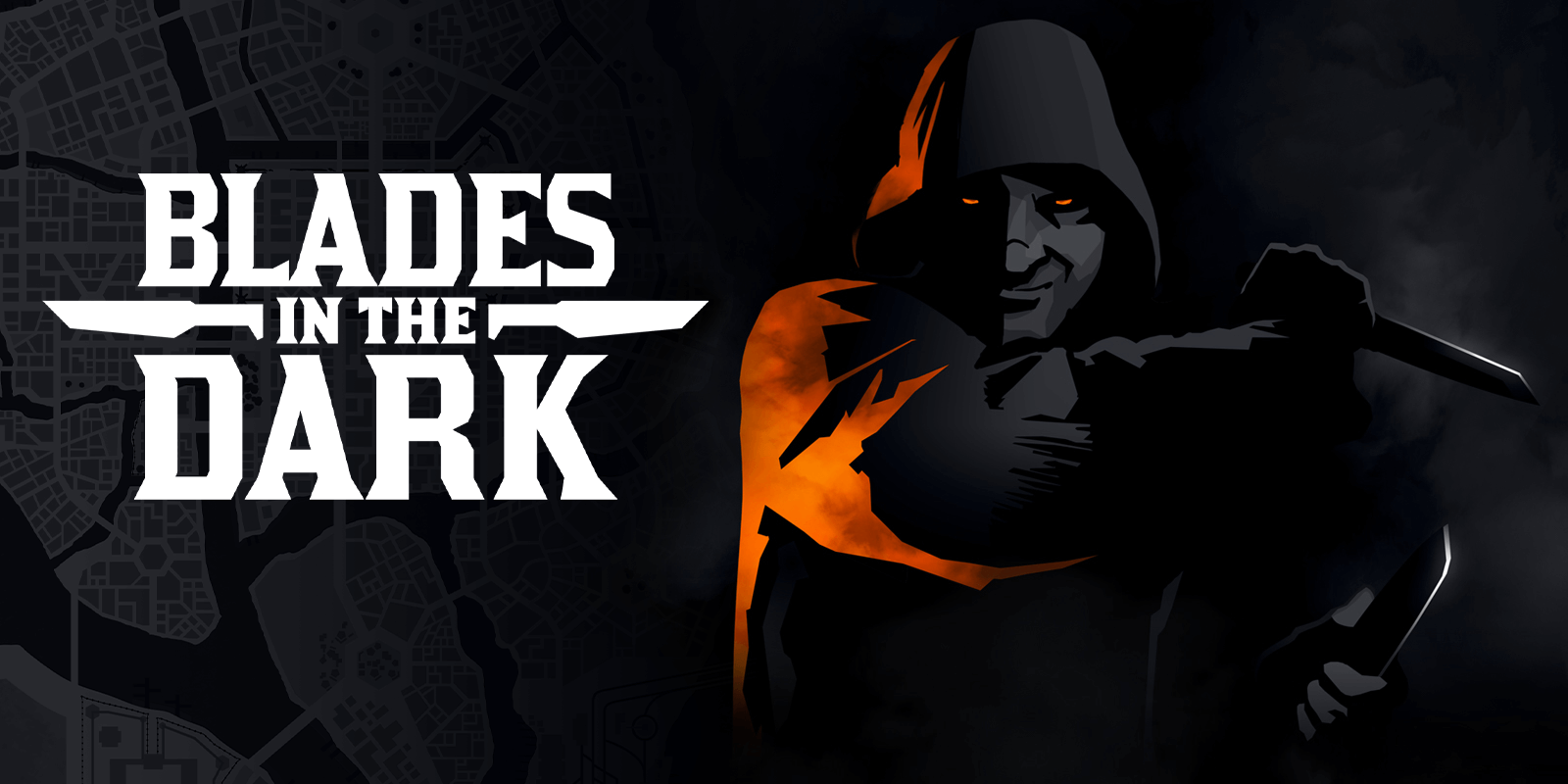
Locales
Supernatural entities and energies have a wide variety of effects and power levels. To help the GM judge these forces consistently, the magnitude scale is provided. See the master table of magnitude at right. Magnitude measures the quality level of a ghost or demon or different aspects of an arcane force: its area, scale, duration, range, and force. Whenever you need to assess an entity or power, use the magnitude scale as a guideline to judge how it compares relative to the examples given on the table.
You can use the magnitude of an entity or power as a dice pool for a fortune roll to see how much effect it has, if it's not obvious or certain.
A sea demon summons a crushing wave at the canal dock where the PCs are landing their boat. How badly does this damage the vessel and the crew? Obviously it's gonna be bad for them, but are they merely sinking or are they immediately wrecked and sunk? The GM makes a fortune roll using 6d (the magnitude of the demon). On a 1-3, the wave has only little effect (for a huge wave), causing the craft to take on water and begin sinking. On a 4-5, the wave has reduced effect, fully swamping the boat and throwing some of the characters and their cargo overboard. On a 6, the wave has full effect, immediately sinking the boat and dragging the crew and cargo under. On a critical, the boat is sunk, and also the crew and cargo are badly harmed by flying debris and the crushing force of the wave.
You can add levels of magnitude together to describe a combination of effects, or simply focus on one key feature for the magnitude assessment, ignoring other elements, even if they're on the magnitude scale. They're not always additive.
In the example above, the demon generated magnitude 6 force and the GM included its area of effect "for free" as part of the power. A huge wave at a dock should affect the boats and the crews there, in their judgment.
In a different session, a Whisper wants to accomplish a ritual that will unleash a hurricane across the district. The GM says that this is a very significant effect, so they add two levels of magnitude together: force 6 and range 5. To create such a devastating power, the Whisper will suffer 11 stress! The GM offers a compromise: the ritual will take a few hours to complete, so the stress cost will be reduced to 8, but some people in the affected area may realize what's happening and flee before the full storm hits.*
The magnitude table is provided as a tool to help the GM make judgment calls. It's not meant to be a rigid restriction or mathematical formula to replace those judgment calls. Use the levels as a guideline for setting a magnitude number that seem appropriate to you.
This table can also be used as a guide to quality level when a PC acquires an asset or crafts an alchemical or gadget.
AREA/SCALE
| 0 | 1 | 2 | 3 | 4 | 5 | 6 |
|---|---|---|---|---|---|---|
| A closet | A small room | A large room& Several rooms | A small building | A large building | A city block | |
| 1 or 2 people | A small gang (3-6) | A medium gang (12) | A large gang (20) | A huge gang (40) | A massive gang (80) | A colossal gang (160) |
DURATION/RANGE
| 0 | 1 | 2 | 3 | 4 | 5 | 6 |
|---|---|---|---|---|---|---|
| A few moments | A few minutes | An hour | A few hours | A day | Several days | A week |
| Within reach | A dozen paces | A stone's throw | Down the road | Several blocks away | Across the district | Across the city |
TIER & QUALITY / FORCE
| 0 | 1 | 2 | 3 | 4 | 5 | 6 |
|---|---|---|---|---|---|---|
| Poor | Adequate | Good | Excellent | Superior | Impeccable | Legendary |
| Weak | Moderate | Strong | Serious | Powerful | Overwhelming | Devastating |

